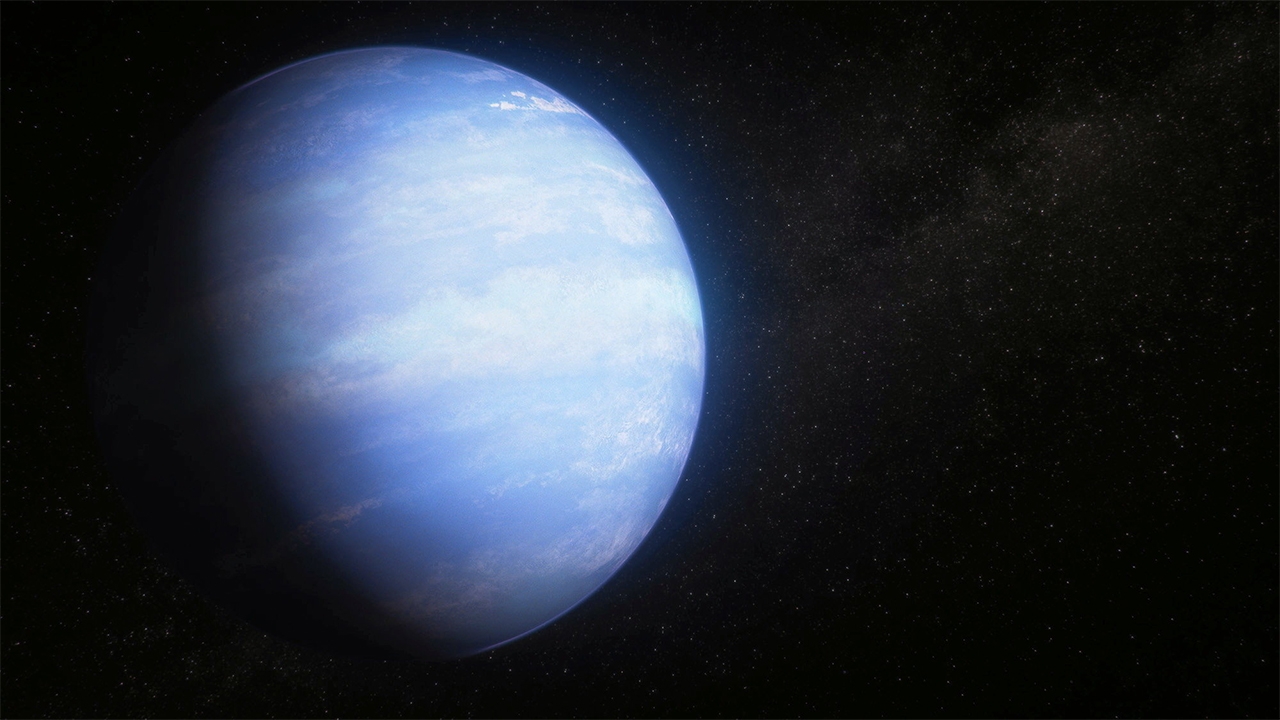
Looking inside a planet hundreds of light-years away is nearly impossible. But scientists reveal that when knowing the mass, radius, composition, and internal temperature of the planet, these things will help generate ideas. How heavy are the contents inside and the core?
Recently, Earth and planetary scientists at Johns Hopkins University in the United States examined an exoplanet named WASP-107 b, which resembles a spherical string of cotton candy. Using data obtained from the James Webb Space Telescope, scientists found a surprisingly low amount of methane and a massive core. By hiding inside this planet. This is the first measurement of the core mass of an exoplanet. It is likely to support future studies of the planet's atmosphere and internal structure. This is an important issue in the search for Earth-like planets suitable for life outside our solar system.
WASP-107 b is a giant planet surrounded by a very hot, cotton-like atmosphere. It orbits a star about 200 light-years away, and the planet's body is bloated. Although methane is essential for life on Earth, WASP-107 b is not considered habitable due to its proximity to its host star and lack of a solid surface. But they may provide important clues about the final stages of planetary evolution.
Source: NASA, ESA, CSA, Ralph Crawford (STScI)
